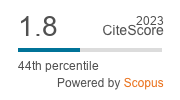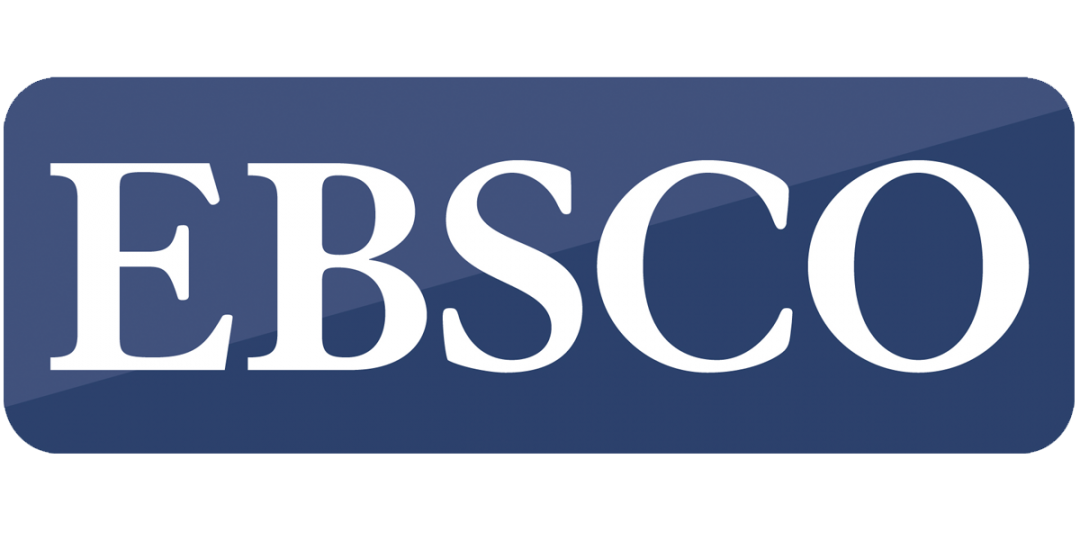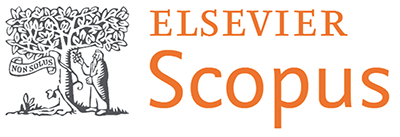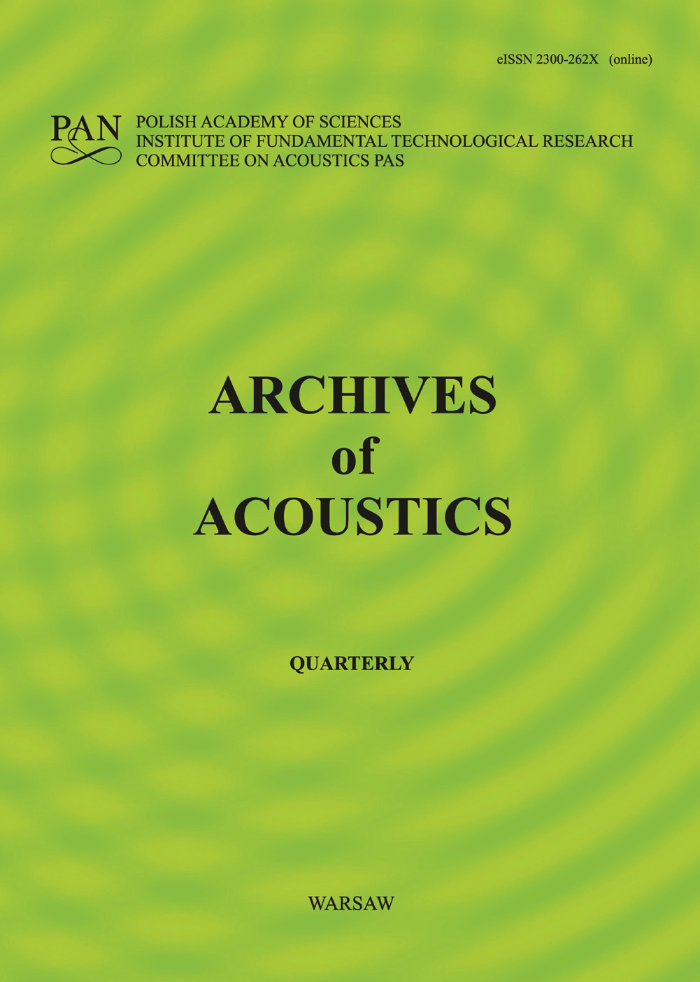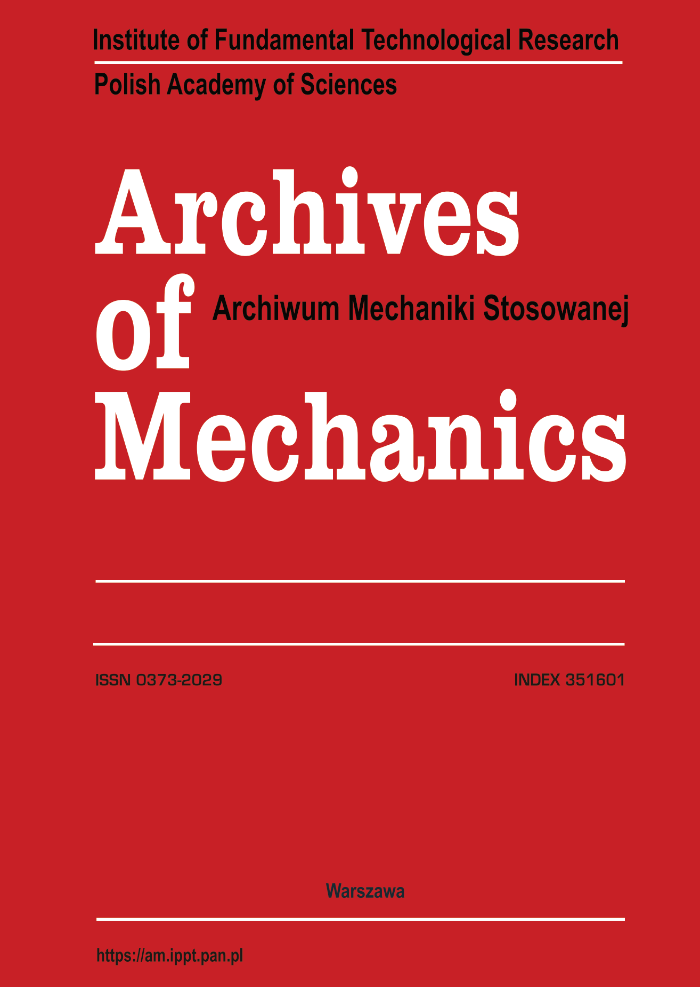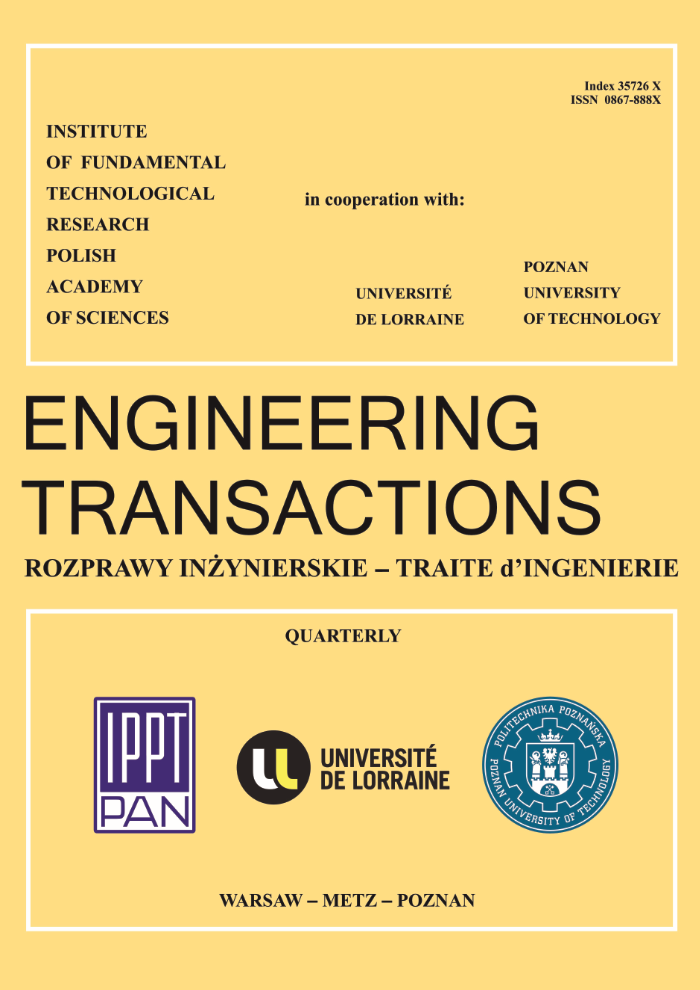About the Journal
Aims and Scope
Computer Assisted Methods in Engineering and Science (CAMES) is an open access, referred international journal, published quarterly, indexed by Scopus, EBSCO, and DOAJ, providing a scientific exchange forum and an authoritative source of information in the field of computational sciences and related areas of applied engineering. The objective of the journal is to support researchers and practitioners by offering them the means facilitating access to the newest research results reported by leading experts in the field, publication of own contributions, and dissemination of information relevant to the scope of the journal.
Papers published in the journal will fall largely into three main categories:
- Contributions presenting new research methods of mathematical modeling and computer simulations in engineering and applied sciences, including traditional areas such as solid and structural mechanics, material science, fluid dynamics, acoustics and electromagnetics but going beyond them to account for application relevant issues in physics, chemistry, biology and mathematics, scientific computing, large scale optimization, intelligent systems as well as in multi-scale and multi-physics problems.
- Articles describing novel applications of computational techniques supporting engineering practice and education in areas like mechanical, aerospace, civil, naval, software, chemical and architectural engineering, materials science as well as demonstrations of their practical use in solving real life problems.
- State-of-the-art tutorials, providing the readership with a guidance on important research directions as observed in the current world literature on computer assisted methods in engineering and sciences.
The journal will also publish book reviews and information on activities of the European Community on Computational Methods in Applied Sciences (ECCOMAS).
Peer Review
As peer‐review journal, Computer Assisted Methods in Engineering and Science performs the quality control for submitted manuscripts by review process. Each paper submitted to the journal is subjected to the peer reviewing procedure. The reviewers’ opinion constitutes a basis for the decision of the Editorial Committee to publish (or not) the paper.
The journal submissions are reviewed following with the golden rules and in the peer-review good practice recommended by the European Association of Science Editors.
Open Access Policy
The journal provides immediate open access to its content on the principle that making research freely available to the public supports a greater global exchange of knowledge.
Privacy policy
Copyright
Copyright on any open access article in the Computer Assisted Methods in Engineering and Science published by Institute of Fundamental Technological Research Polish Academy of Sciences is retained by the author(s).
Authors grant Institute of Fundamental Technological Research Polish Academy of Sciences a license to publish the article and identify itself as the original publisher.
Authors also grant any user the right to use the article freely as long as its integrity is maintained and its original authors, citation details and publisher are identified.
 The Creative Commons Attribution 4.0 International (CC BY) Licence formalizes these and other terms and conditions of publishing articles.
The Creative Commons Attribution 4.0 International (CC BY) Licence formalizes these and other terms and conditions of publishing articles.All articles (effective from mid-2022, Vol. 29, Iss. 3) published in Computer Assisted Methods in Engineering and Science are licensed under the Creative Commons Attribution 4.0 International (CC BY) Licence, which allows users to distribute, remix, tweak, and build upon your work, provided the original work and source is appropriately cited.
Exceptions to copyright policy
For the articles which were previously published, before July 2022, policies that are different from the above. In all such, access to these articles is free from fees or any other access restrictions.
Permissions for the use of the texts published in that journal may be sought directly from the Editorial Office of CAMES (cames@ippt.pan.pl)
Publication Fees
The publication in Computer Assisted Methods in Engineering and Science is free of charge. Authors are kindly requested to prepare the manuscript with a high diligence (both text and figures).
Journal Metrics
CiteScore 2023: 1.8 (2022: 1.2) | SJR 2023: 0.230 (2022: 0.158) | SNIP 2023: 0.663 (2022: 0.363
Journal History
Computer Assisted Methods in Engineering and Science (formerly Computer Assisted Mechanics and Engineering Sciences, Print ISSN 1232-308X) was founded in 1994 as an international journal. Since 2012 the Journal has been published under the auspice of the European Community on Computational Methods and Applied Sciences – ECCOMAS (http://eccomas.org/).
The Journal provides free internet access to all research papers published from 1994.
Publisher
Institute of Fundamental Technological Research Polish Academy of Sciences
